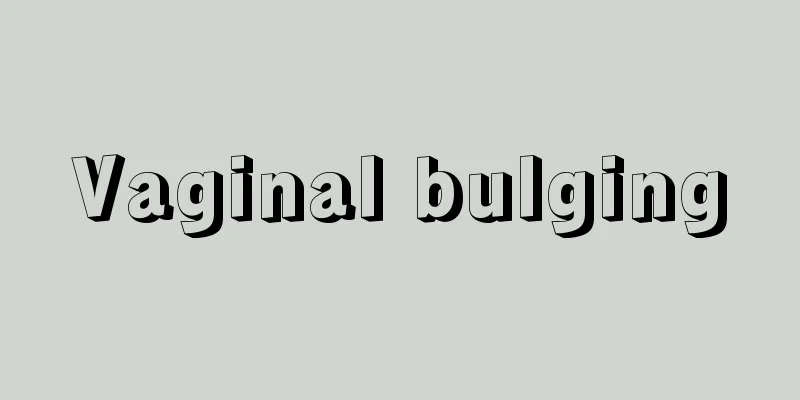Vaginal bulging

|
Vaginal bulging is a problem that people have never imagined. This is a kind of intestinal shedding, coupled with the bulging caused by the sagging of some organs. If it is repeatedly rubbed and touched, it will cause local infection and cause many serious problems. Therefore, it is necessary for everyone to understand the stage of the disease and choose what method of treatment to recover faster. Symptoms and signs Rectal prolapse can occur at any age, but is more common in children and the elderly. 1. Clinical classification According to the degree of prolapse, it is divided into two types: partial prolapse and complete prolapse. (1) Partial prolapse: The mucosa of the lower rectum is separated from the muscular layer and shifted downward to form folds, so it is also called mucosal prolapse or incomplete prolapse. The prolapsed tissue is less, with a length of 2 to 5 cm. It can be partial mucosal or full-circle submucosal prolapse and can be arranged radially. The prolapsed part is composed of two layers of mucous membrane, with no groove-like gap between the anus. (2) Complete prolapse: The entire thickness of the rectum protrudes. In severe cases, the rectum and anal canal are turned out of the anus. The prolapsed tissue is large, often exceeding 10 cm in length, in a pagoda-like shape, with mucosal folds arranged in a ring shape, and the prolapsed part is two layers of intestinal wall tissue. Most adults have complete prolapse, more often in women, and are often accompanied by anal dysfunction. 2. Symptoms and signs Patients with rectal prolapse often have a history of chronic constipation and irregular defecation. The onset is slow. In the early stage, you will feel a distended rectum and incomplete defecation. Later, you will feel a lump protruding during defecation and it will retract on its own after defecation. In the later stage of the disease, the lump will protrude when coughing, exerting force or walking, and you need to support the anus with your hands. If the rectum is not pushed back in time after prolapse, swelling, inflammation, and even strangulation and necrosis may occur. Patients often feel that their stools are not completely discharged, mucus flows out of the anus, and they experience blood in the stool, anal distension, pain, and tenesmus, sometimes accompanied by soreness and discomfort in the waist, lower abdomen, or perineum. Abdominal examination was unremarkable. Ask the patient to squat so that the prolapsed rectum can be seen. Medication 1. Non-surgical treatment (1) Correct constipation and develop good bowel habits. (2) Treat chronic cough and diarrhea and eliminate factors that increase intra-abdominal pressure. (3) Prevent damage to the prolapsed mucosa: After rectal prolapse, it must be immediately pushed back to prevent damage to the prolapsed mucosa. After repositioning, the anus can be blocked with a gauze roll or compressed with a T-band to prevent prolapse. |
<<: Consequences of untreated intrauterine adhesions
>>: What to do if the vaginal wall bulges during pregnancy
Recommend
Are there any symptoms of adhesions after cesarean section?
Female delivery is an important sign of the birth...
How to exercise vaginal tightening?
Most women want to tighten their vagina because i...
"Intoxicated" beauty protection! The issue of fasting before surgery is not an exaggeration!
The most common question anesthesiologists are as...
Hands swollen and numb during pregnancy
Is it normal to have swollen and numb hands when ...
How long does the coccyx pain last during vaginal delivery?
Natural birth is the most common method of delive...
Women lose libido after giving birth
Under the national guidelines of advocating late ...
The benefits of chocolate for women
I believe everyone likes chocolate very much. How...
What happens when a woman sweats a lot after giving birth?
Most women will be very weak after giving birth. ...
Use your eyes scientifically to prevent myopia
Use your eyes scientifically to prevent myopia Th...
What causes immature follicle development?
Poor follicular development is the direct cause o...
What is invasive breast cancer
We have learned a lot about breast cancer, but it...
What causes excessive sweating after childbirth?
Excessive sweating in postpartum women makes them...
Why do women leak urine when skipping rope?
Urinary incontinence in women is caused by pelvic...
Why is there no blood but black color during period?
Menstruation is something that women go through e...









